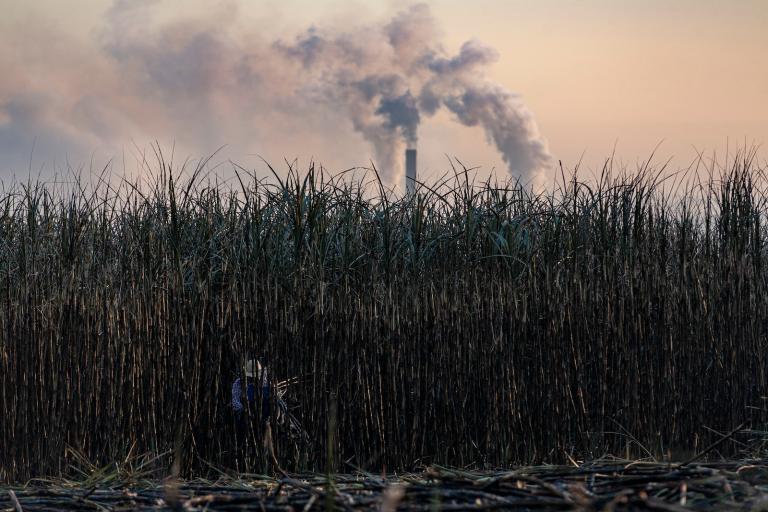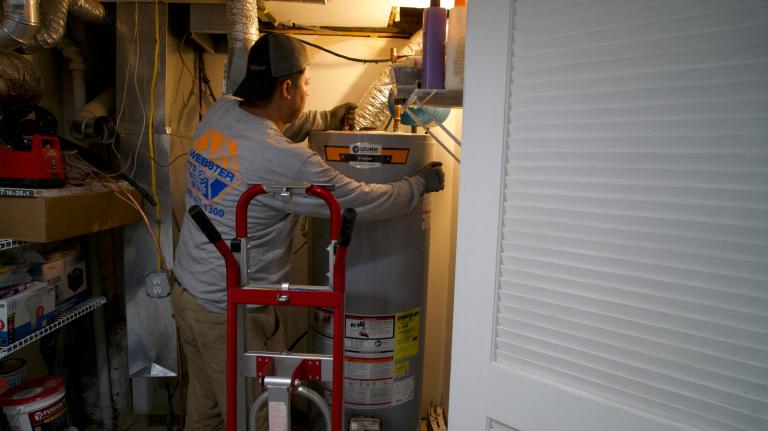A new United Nations atlas depicts alarming changes to Africa’s landscape. On a continent that produces a mere 4 percent of the world’s greenhouse-gas emissions, significant landmarks are taking a hit from climate change: Lake Chad and Lake Victoria are shrinking each year, and Mt. Kilimanjaro could be snow-free by 2020. The deforestation rate in Africa is twice the world average, and the continent each year loses enough forest to cover the state of Maryland. Sixty-five percent of African farmlands are threatened by chemical damage and/or erosion; some areas are losing more than 22 tons of soil per acre each year. But there are also “many places across Africa where people have taken action — where there are more trees than 30 years ago, where wetlands have sprung back, and where land degradation has been countered,” says U.N. Environment Program head Achim Steiner. “These are the beacons we need to follow to ensure the survival of Africa’s people and their economically important nature-based assets.”


